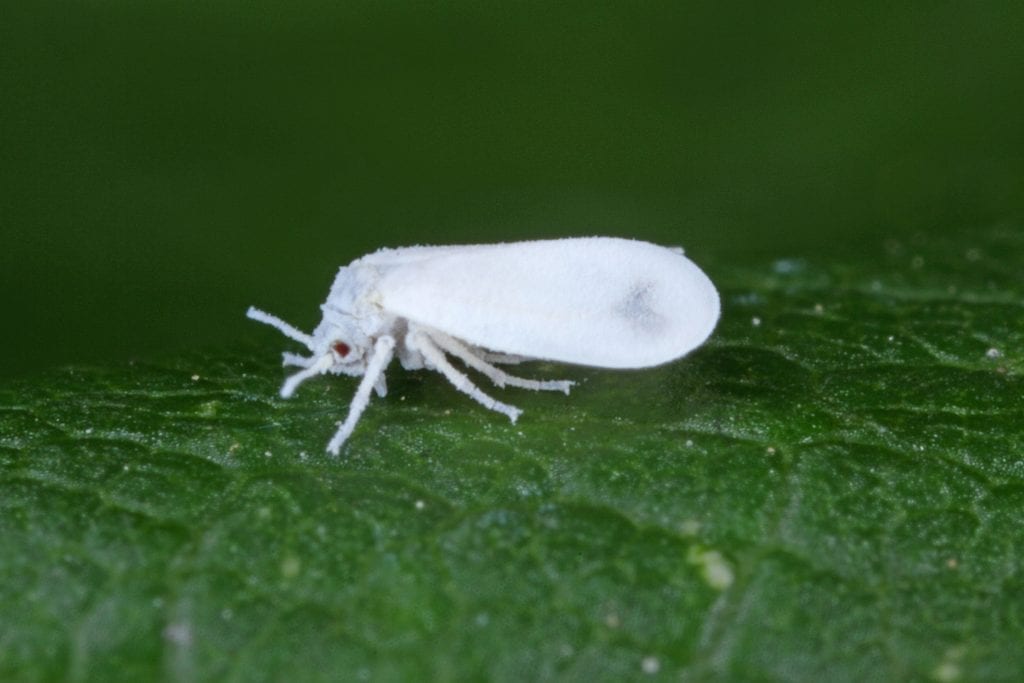By Clint Thompson
Whiteflies are the basis for Teddy McAvoy’s fall research at the University of Georgia (UGA) Tifton campus. Whether it is testing susceptible varieties or researching alternative methods of whitefly management, the UGA Extension vegetable specialist’s focus is clear this fall; provide growers with better solutions in combating whiteflies.

“It’s bad this year. We’re doing leaf counts, and we’re getting on squash, 600 to 1,000 per leaf. We’re spraying twice a week and putting stuff through the drip,” McAvoy said. “We’ve had a problem with whiteflies and whitefly-transmitted virus since about 2017. I have funding for whitefly research, so everything I’m doing this fall is whitefly.”
One of McAvoy’s studies pertain to the host range of cucurbits and examining which species are most susceptible, like pumpkin, different winter squash, zucchini and cucumber. How many plants are infected and to what degree are they impacted by the whiteflies and the diseases they vector?
“I’m (also) doing a plant date with beans. Stormy and Andre da Silva (previously) showed with planting dates with squash that they keep until around September the whitefly numbers, and if you plant after the peak, you get less whitefly and less virus. I’m doing a planting date study on beans where I started at the end of July and am planting every two weeks to see if later plantings would be less affected,” he added.
Whiteflies migrate from winter vegetables to spring vegetables to agronomic crops, like cotton, to fall vegetables and back to winter vegetables. The buildup of whiteflies is concerning since growers have planted their fall crops. Whiteflies can cause feeding injury issues in vegetables and transmit two viruses: cucurbit leaf crumple virus and cucurbit yellow stunting disorder virus. Vegetables like squash, zucchini, cucumber, cantaloupe and snap beans are most susceptible to these viruses.
The weather conditions this summer were ideal for whitefly populations to spike.
“From my understanding, they’re always worse when it’s hot and dry. I was concerned up until about three weeks ago that we weren’t going to get whiteflies because it’s been raining so much,” McAvoy said. “But the main thing is the heat. We had our whitefly meeting in June I believe and (Phillip Roberts) said this is one of the four hottest years in the past 20 years. He was predicting that whiteflies would be really bad.”
McAvoy is also researching the effectiveness of kaolin clay. It is normally used by growers to protect crops from sun scalding. But University of Florida Institute of Food and Agricultural Sciences research determined that whiteflies on tomatoes were not as severe when clay applications were made. Whiteflies seek plants by looking at the color green from the air, but with a white color coat on the leaves, the whiteflies can’t detect them.









